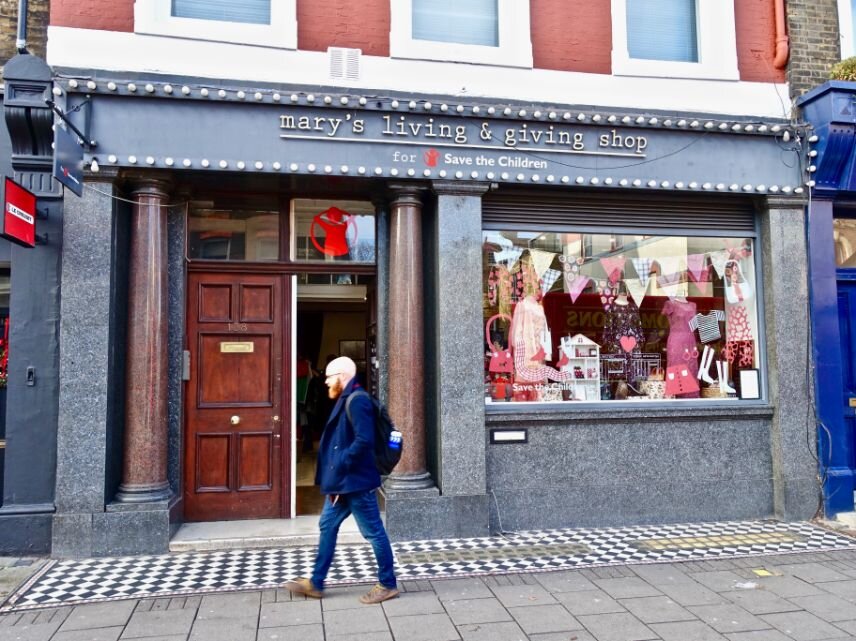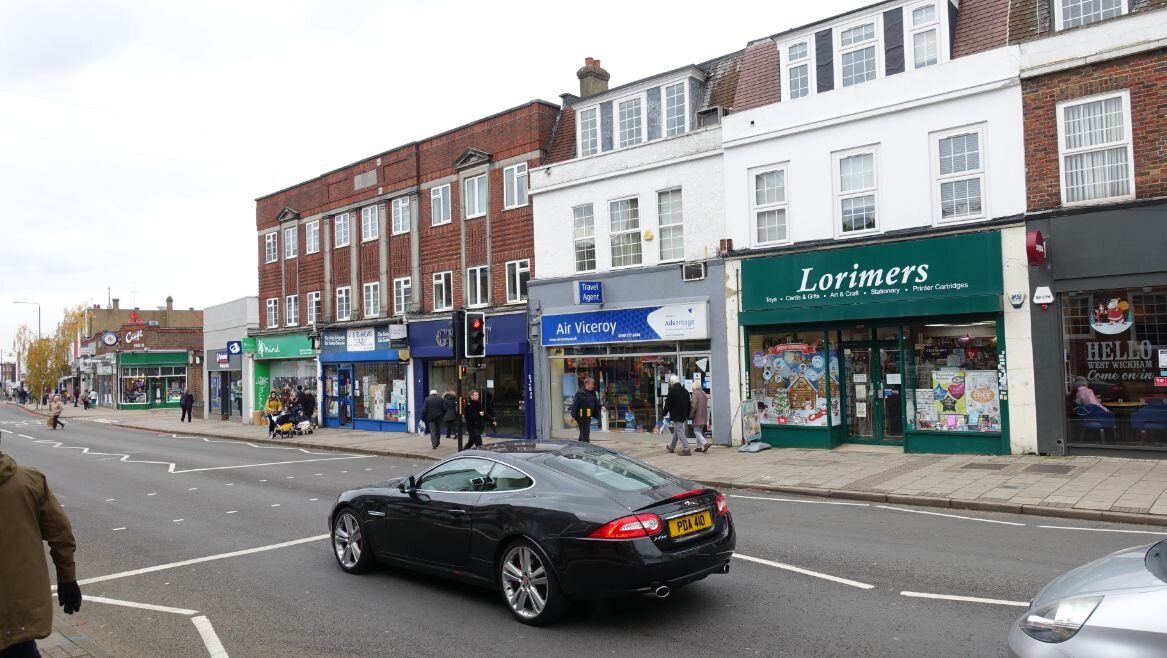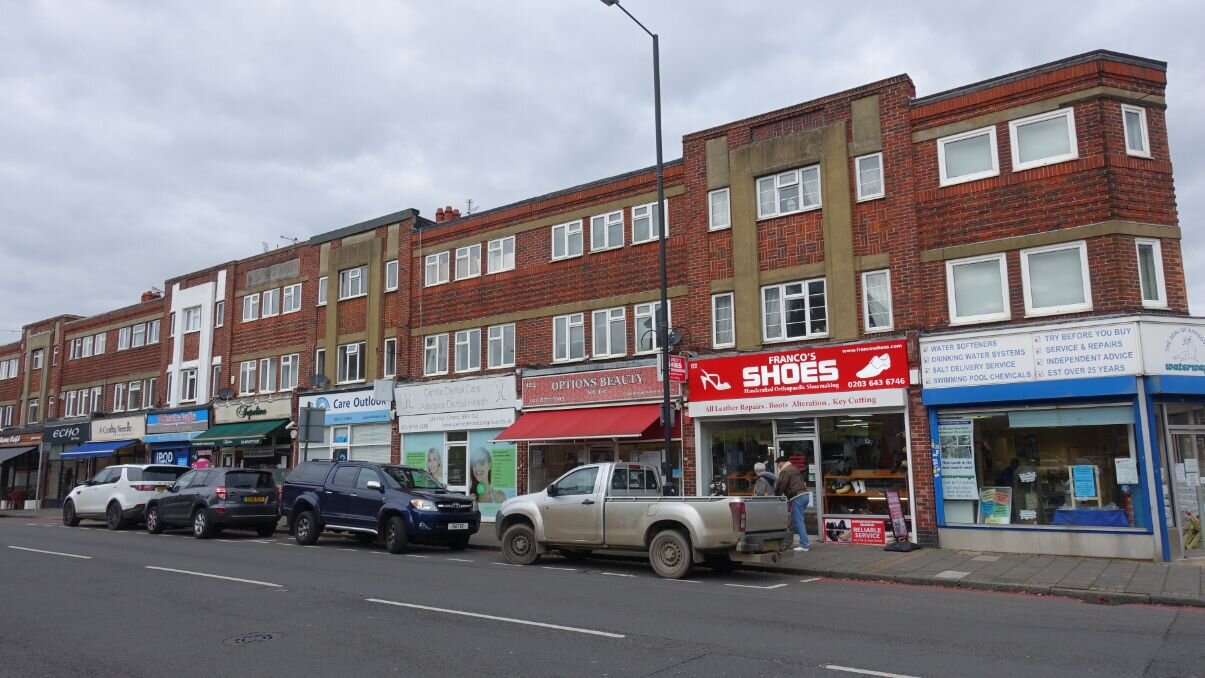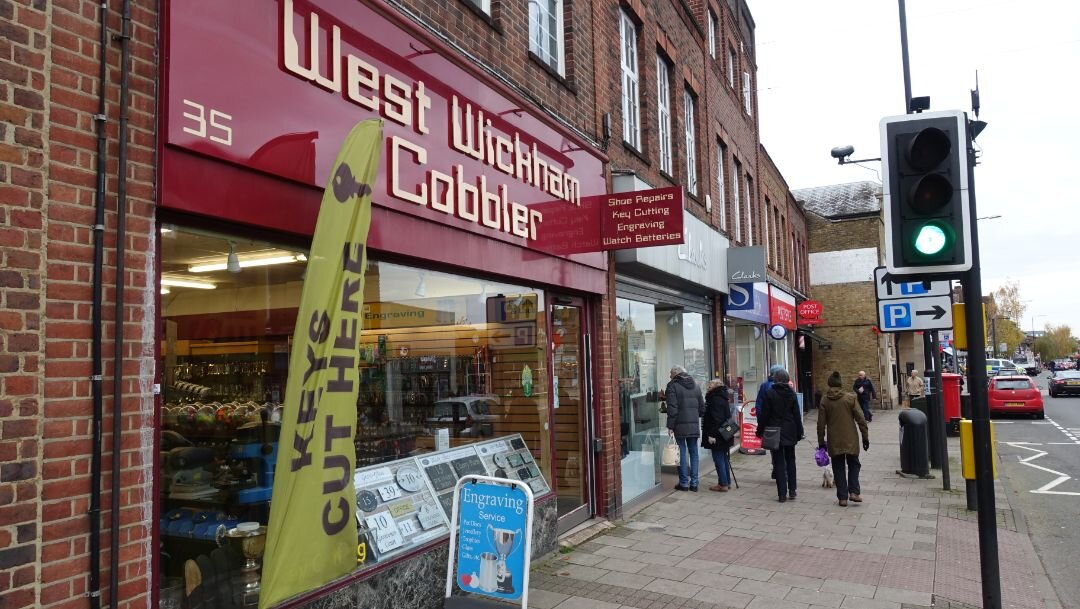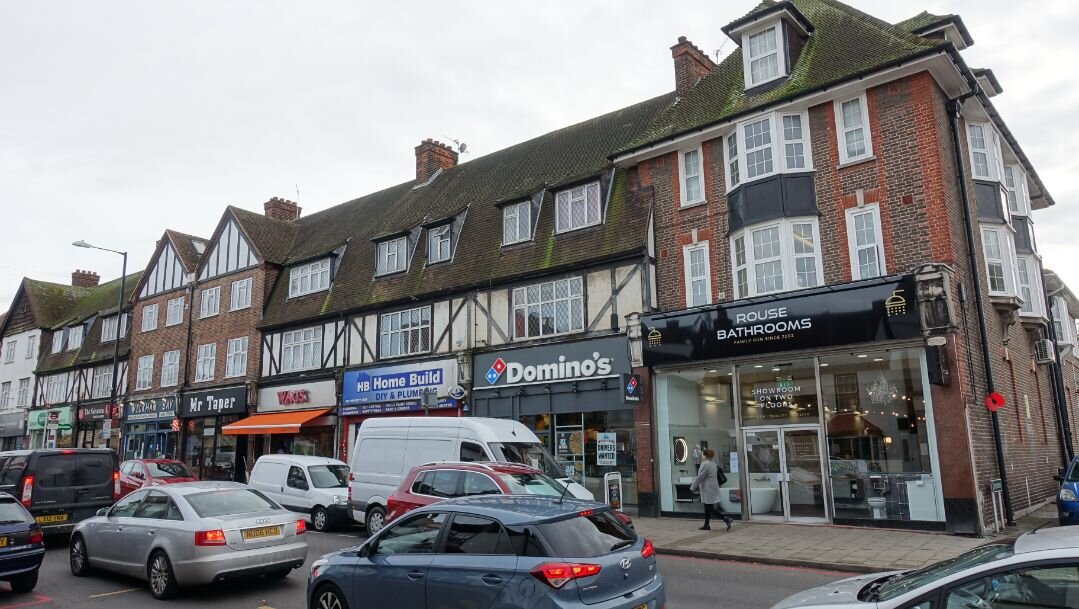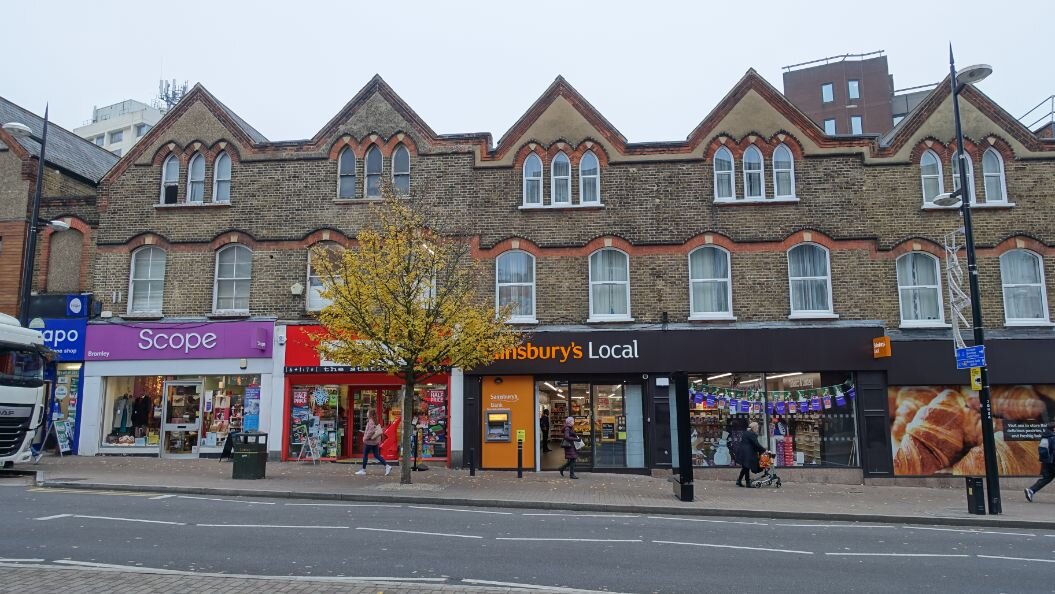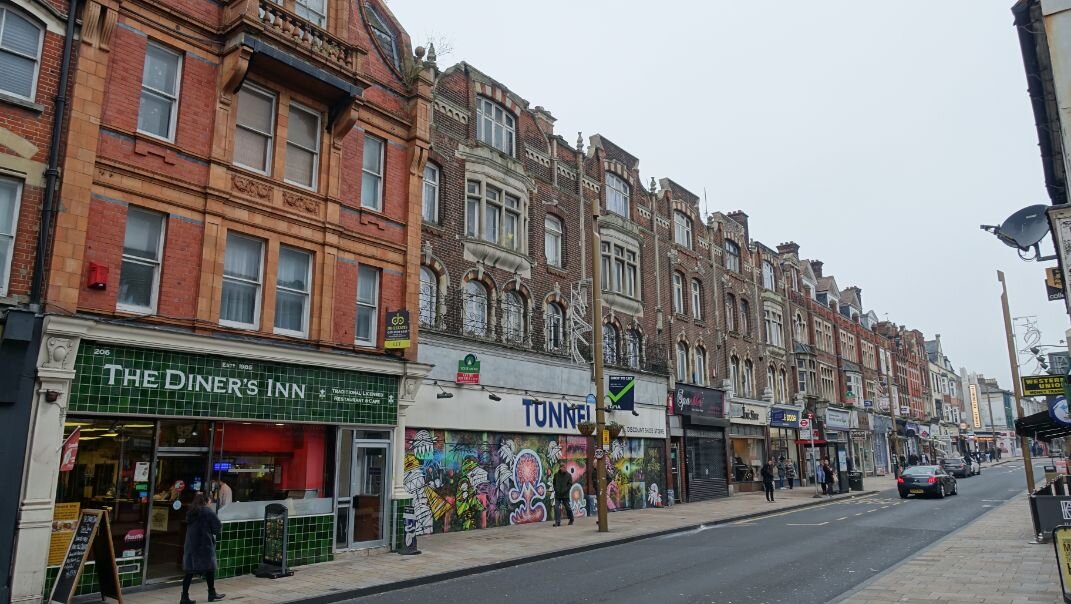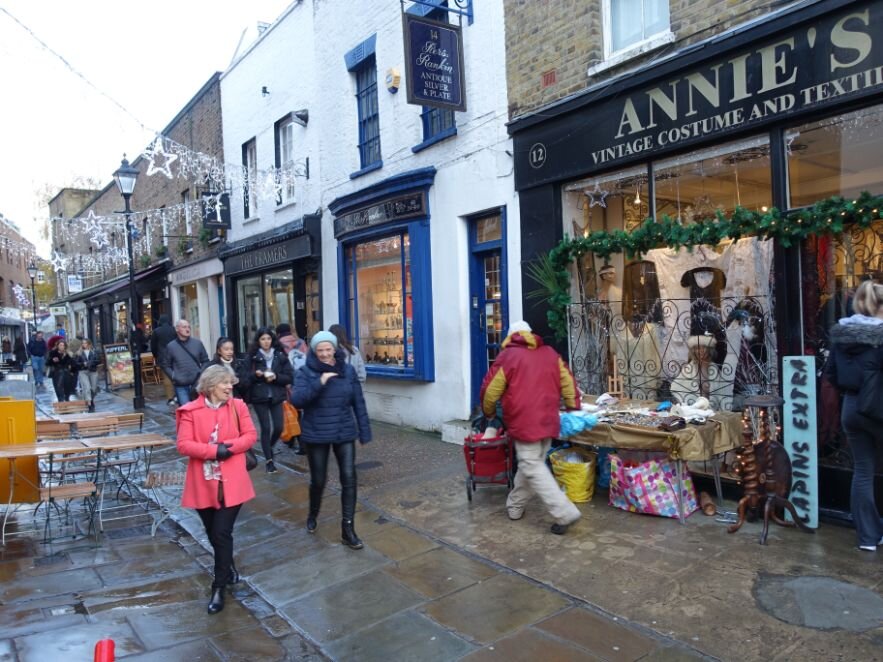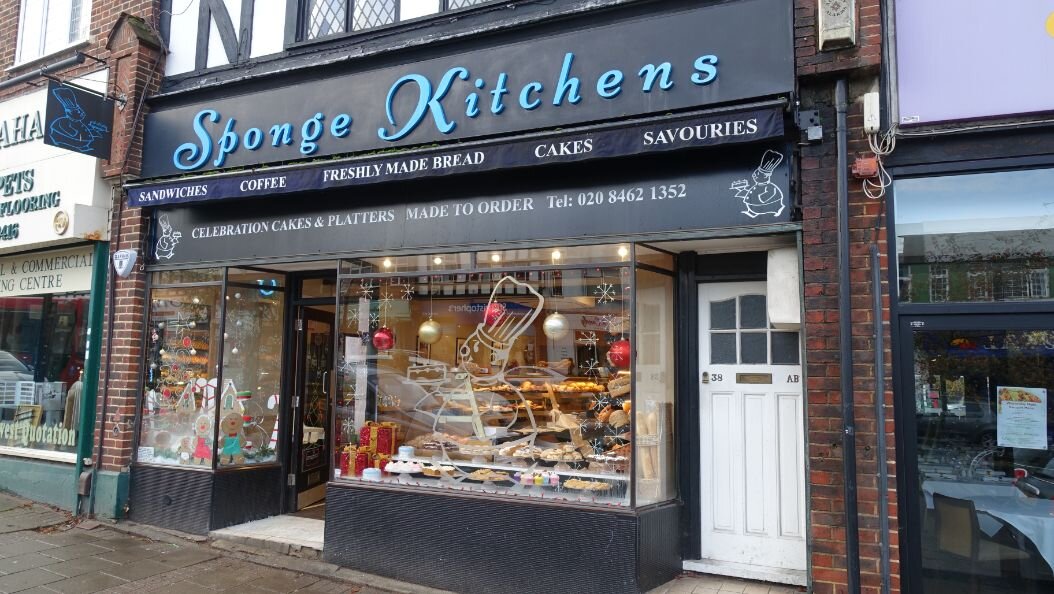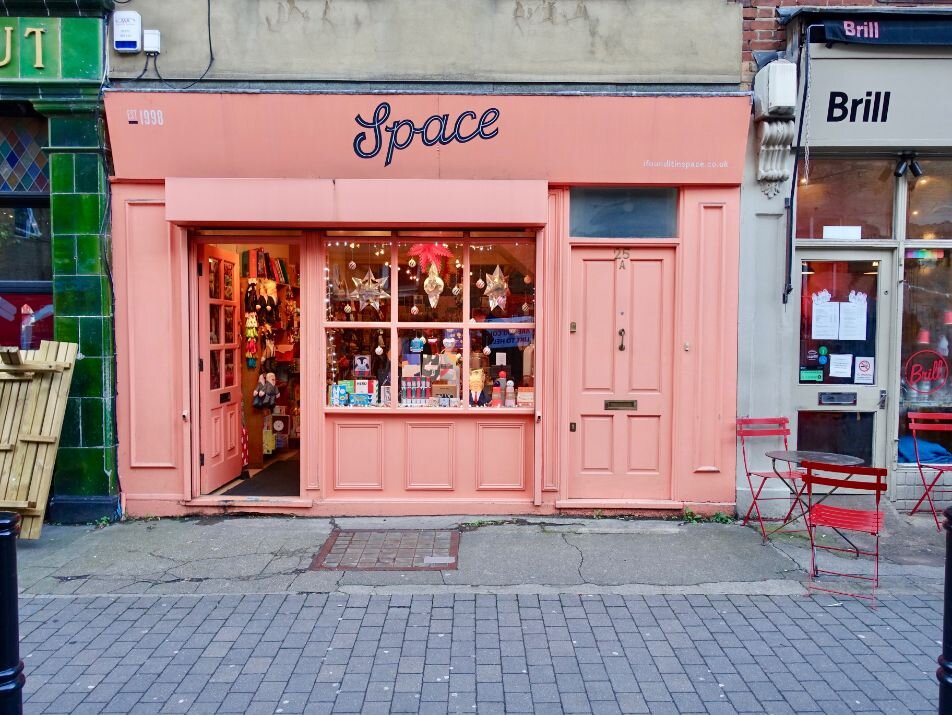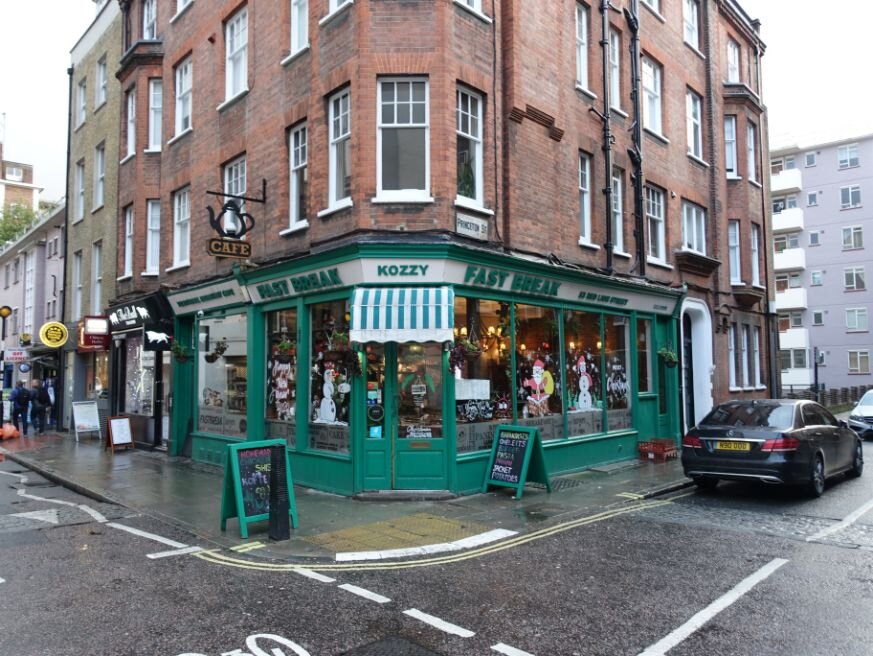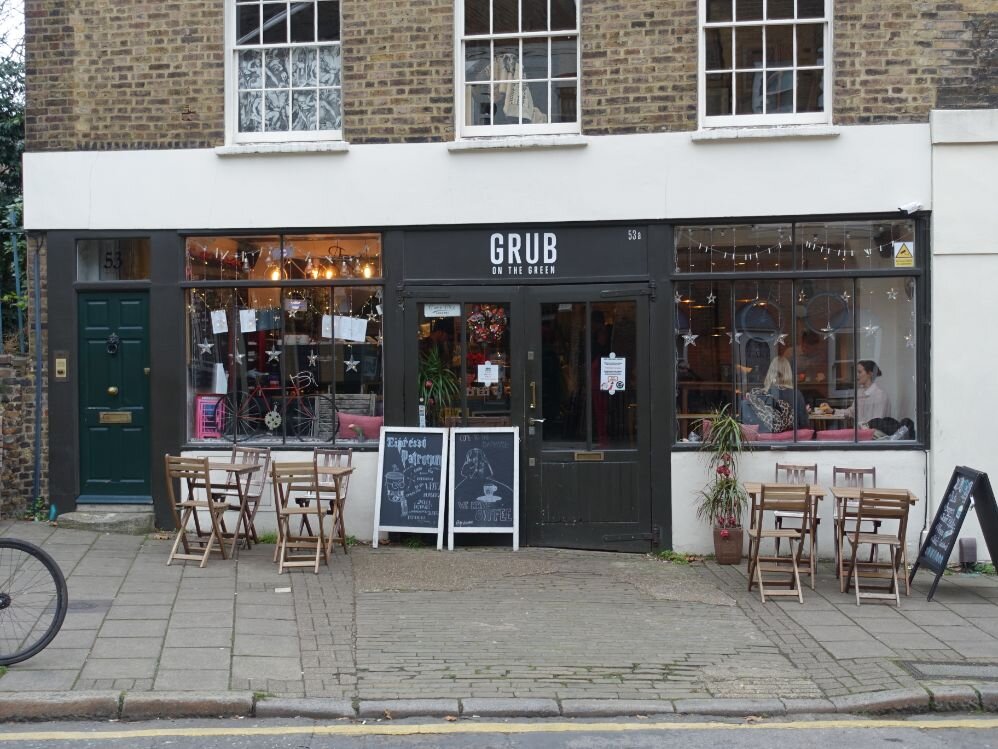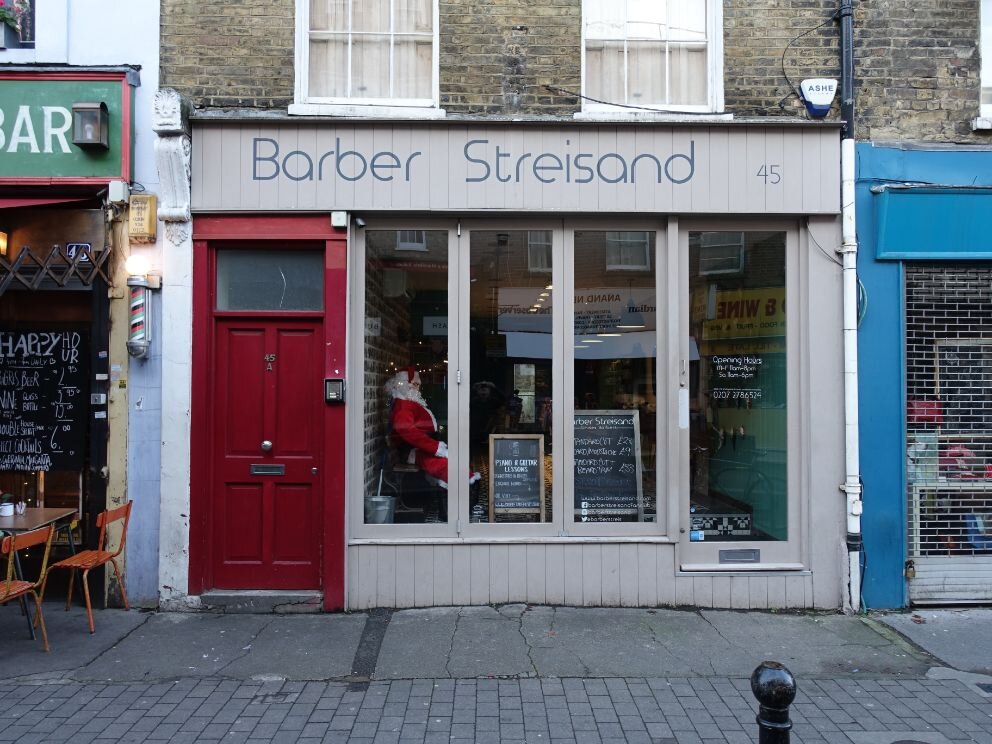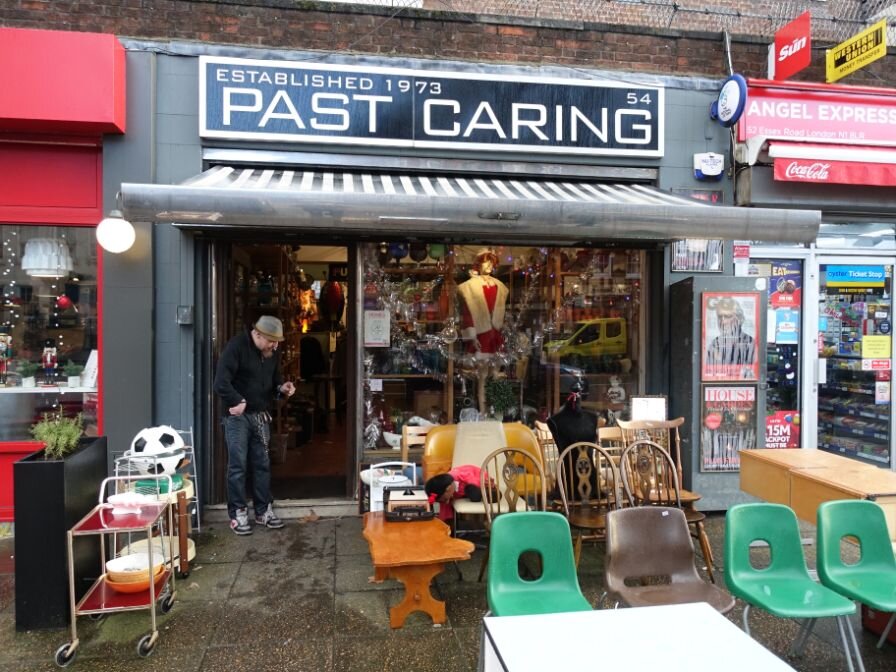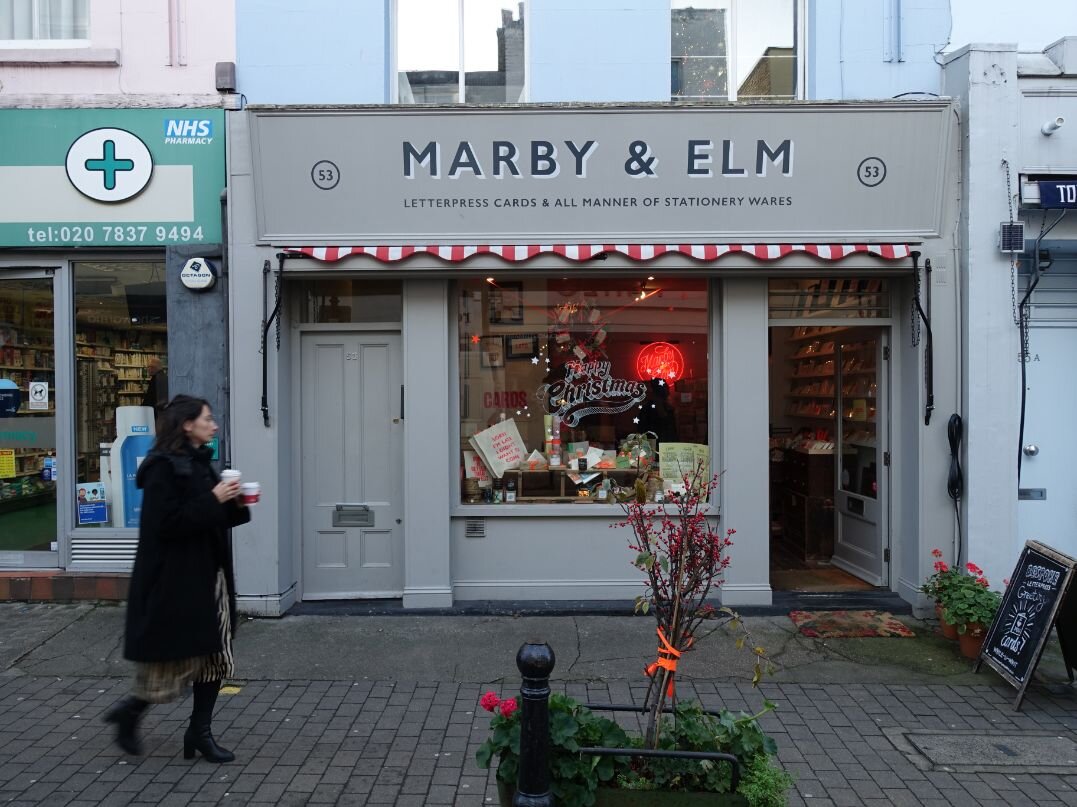London's Quirks: Charity Shops & High Streets
One of the things I loved about wandering the streets of London was the mix of low-brow and high-brow shopping that is available in almost every neighbourhood. It is not uncommon to see an exclusive boutique, next to a charity shop (aka thrift store). In fact, sometimes it was hard to tell them apart as the window displays of many of London’s charity shops are on par with the fashion boutiques. They put the windows of many Canadian retailers to shame.
A London “Charity Shop” window, with upscale fashions, easily fits into a high street.
High streets like this one are common in the greater London area. They are not necessarily pretty street with banners, hanging flowers and designer furniture, but they are full of independent shops that meet the everyday needs of locals.
Charity Shops
I love the term “charity shops” as it makes me feel good to shop there as it is obvious I am helping a charity and not just being cheapskate. Even if that is in fact what I am being. Yes sometimes I do feel guilty when I find something for sale really cheap that I know is worth a lot more, then what they are asking. Perhaps that is part of the “thrill of the hunt,” i.e. the hunter always feels a bit guilty for their victim.
For some the history of UK charity shops could go back to the late 18th century when shops sold subsidize food to the poor. For others it doesn’t begin until the late-19th century when the Salvation Army operated “salvage stores” to help the poor furnish their homes. Yet other think they didn’t start until the Second World War, when charities like the British Red Cross opened temporary stores to sell second-hand goods to anyone who needed them.
The oldest charity shop in England is believed to be Oxfam’s flagship store on Broad Street in Oxford, which opened just before Christmas in 1947 to help the poor buy gifts. Today there are over 9,000 charity shops in UK and Ireland.
Link: What can we learn from the history of charity and charity shops?
High Street
Another quirky term you will hear when you visit London or any British city is “high street,” which in North America is a “main street.” The name dates back to the 12th century, when the word “high” was a generic term to indicate some streets had a higher status than others. A street that sold goods was considered higher in status than one that had no shops.
Today’s urban planners have dozens of different terms associated with the function of different streets. A quick check of the City of Calgary website came up with these classifications: collector road, skeletal roads, arterial street, industrial arterial, urban boulevard, parkway, neighbourhood boulevard. And yes, there are lots more.
Link: City of Calgary Road Classifications
Wandering a London “high street” is like a walk back in time as they are often populated with small independent shops - bakery, butcher, florist, pharmacy and home décor store – along with the chain stores like banks, lottery shops and of course charity shops. And yes there might even be the local funeral parlour.
I marvelled at how the Sainsbury grocery store chain is able to integrate small stores into older buildings and wondered why can’t Canada’s major grocery chains do the same thing.
Old Cities vs New Cities
Unlike in North America, in London, almost every neighbourhood has its own high street, not just those in the City Centre. This probably relates to the fact urban living London is much older in London and throughout European so neighbourhoods were designed based on the fact that walking and transit was the primary mode of getting around, not the automobile. The exact opposite of most of Calgary’s and North American cities’ neighbourhoods.
The high streets are most often located along a major bus route or near a train station, so it is easy to pick up things every day on your way to and from wherever you are going. Yes, ‘transit oriented development” one of the buzz terms in North American planning is not a new idea.
FYI: When you get to the new suburbs in European cities they are much more like North America i.e. big box and car centric.
Link: History of High Street
Walk The Talk
When you are tourist you much more inclined to want to walk so you can see things or take transit so you don’t have to drive on unfamiliar roads (or in some cases on a different side of the road). It is a very different experience, when you have to do it as part of everyday living.
I am always surprise at how people tell me how much they enjoy walking when in Europe but even when they have the opportunity to walk in Calgary they rarely do. For many North Americans walking is a recreational activity, something you do in a park, along a pathway. It isn’t something think of as an alternative to driving, even if it would only take you 15 or 20 minutes to walk to the store, gym or café.
I know I am guilty of jumping in the car, when I could walk or cycle if I left just a bit earlier.
Perhaps if our streets were full of quirky shops like these ones, I would be more inclined to walk more.
Last Word
I love that Britain’s charity shop are more boutique-like than North America’s big box thrift stores and are part of the neighbourhood’s street life. Yes it means they don’t have the selection or the housewares, but they are nicely curated, very clean and are great places to experience “the thrill of the hunt.”
If you like this blog, you will like these links:
London UK: Everyday Tourist’s Top 10 Picks




